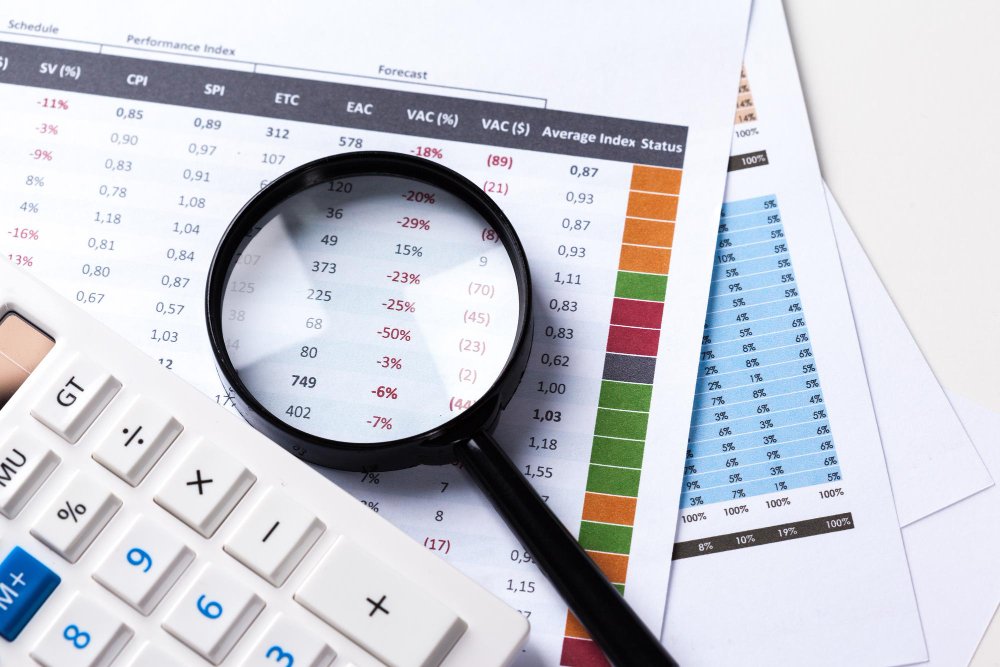Balance sheet analysis for bankers is one of the most critical skills a banker can develop. To begin with, understanding how to interpret and assess a company’s financial position plays a pivotal role in making sound lending decisions, evaluating financial health, and determining the creditworthiness of potential clients. Moreover, this analysis extends far beyond merely looking at numbers; in fact, it involves digging into the underlying details and identifying key trends that reveal the true financial condition of a business. Ultimately, mastering this skill allows bankers to approach each financial profile with a strategic, informed perspective.
The balance sheet is one of the core financial statements that businesses use to report their financial standing. It provides a snapshot of a company’s assets, liabilities, and equity at a specific point in time. By examining these components, bankers can gain valuable insights into the company’s financial health, its ability to meet short-term and long-term obligations, and its capacity for future growth. A thorough balance sheet analysis for bankers empowers them to make informed decisions that mitigate risks and ensure that lending practices align with a company’s financial capacity.
Understanding the Components of a Balance Sheet
Before diving into the techniques for analyzing balance sheets, it’s essential to grasp the fundamental components that make up the document. The balance sheet consists of three primary sections:
- Assets: Assets are what the company owns and expects to use to generate income. Assets are typically divided into two categories:
- Current Assets: These include short-term assets, such as cash, accounts receivable, and inventory, which companies expect to convert into cash or use up within a year.
- Non-Current Assets: These are long-term investments, such as property, plant, and equipment, and intangible assets like patents or goodwill.
- Current Assets: These include short-term assets, such as cash, accounts receivable, and inventory, which companies expect to convert into cash or use up within a year.
- Liabilities: Liabilities represent what the company owes. Like assets, liabilities are also divided into two categories:
- Current Liabilities: Short-term obligations, such as accounts payable, short-term loans, and accrued expenses that are due within a year.
- Non-Current Liabilities: Long-term obligations like long-term debt, pension liabilities, and other long-term financial commitments.
- Current Liabilities: Short-term obligations, such as accounts payable, short-term loans, and accrued expenses that are due within a year.
- Equity: Equity represents the ownership value of the company after all liabilities are deducted from assets. This section includes common stock, retained earnings, and additional paid-in capital. It reflects how much of the company’s value belongs to its shareholders or owners.
Key Techniques for Balance Sheet Analysis
Now that we understand the components of a balance sheet, let’s explore the essential techniques used by bankers to analyze it. These techniques are instrumental in assessing the financial health of a company and determining whether it is a good candidate for lending or investment.
1. Liquidity Analysis
Liquidity refers to a company’s ability to meet its short-term obligations. This is crucial for bankers because a company’s failure to meet short-term obligations can result in financial distress or even bankruptcy. Liquidity is typically measured using the current ratio and quick ratio.
- Current Ratio: This ratio compares a company’s current assets to its current liabilities. The formula is:
Current Ratio=Current AssetsCurrent Liabilities\text{Current Ratio} = \frac{\text{Current Assets}}{\text{Current Liabilities}}Current Ratio=Current LiabilitiesCurrent Assets
A current ratio above 1 generally indicates that the company has enough short-term assets to cover its short-term liabilities. However, excessively high ratios could signal inefficient asset management, while too low a ratio may indicate liquidity problems. - Quick Ratio: The quick ratio further refines the current ratio by excluding inventory from current assets, since inventory might not always be easily converted into cash. Specifically, the formula is:
- Quick Ratio = (Current Assets − Inventory) / Current Liabilities
- As a result, the quick ratio offers a more stringent measure of liquidity. Generally, a ratio of 1 or more signals strong financial health, indicating that a company can cover its short-term obligations without relying on inventory sales.
2. Solvency and Leverage Ratios
Solvency ratios evaluate a company’s ability to meet its long-term obligations. These ratios are critical for bankers when determining whether a business has a sustainable financial structure. Key solvency ratios include the debt-to-equity ratio and the debt ratio.
- Debt-to-Equity Ratio: This ratio compares the company’s total debt to its shareholders’ equity. The formula is:
Debt-to-Equity Ratio=Total LiabilitiesShareholders’ Equity\text{Debt-to-Equity Ratio} = \frac{\text{Total Liabilities}}{\text{Shareholders’ Equity}}Debt-to-Equity Ratio=Shareholders’ EquityTotal Liabilities
A high debt-to-equity ratio may indicate that a company is overly reliant on debt to finance its operations, which increases financial risk. A lower ratio suggests that the company is more equity-financed, which can provide greater financial stability. - Debt Ratio: The debt ratio measures the proportion of a company’s total assets financed by debt. It is calculated as:
Debt Ratio=Total LiabilitiesTotal Assets\text{Debt Ratio} = \frac{\text{Total Liabilities}}{\text{Total Assets}}Debt Ratio=Total AssetsTotal Liabilities
A higher debt ratio implies greater leverage and higher risk. Bankers typically look for a debt ratio that suggests the company can meet its obligations without taking on excessive financial risk.
Conclusion
Balance sheet analysis for bankers is far more than just a series of calculations; it’s an art and science that requires careful interpretation of financial data. By applying techniques such as liquidity analysis, solvency assessment, profitability ratios, and working capital evaluation, bankers can gain a deep understanding of a company’s financial position. Combining these methods with trend analysis and benchmarking offers a comprehensive view that can inform lending decisions, identify financial risks, and ultimately guide bankers in offering sound financial advice to clients. Understanding these essential techniques will help bankers assess financial health and make informed, confident decisions in today’s complex financial landscape.
















Leave a Reply